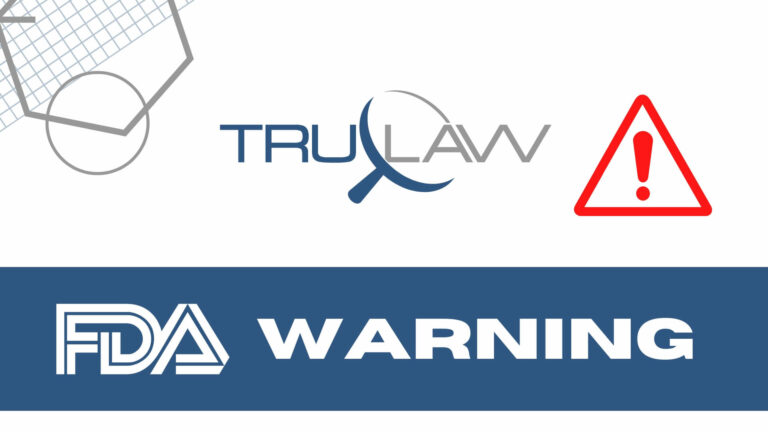Causes of NEC
Doctors don’t know exactly what causes NEC, but there are numerous factors that have been found to contribute to cases of NEC in the intestine:
- Premature babies’ inadequately developed intestines
- Inability to properly digest food, which can lead to hazardous substances accumulating in the intestines
- Insufficient oxygen and blood flow to the intestines
- Intestinal tissue injuries
- Bacterial growth that causes inflammation and erosion of the intestinal lining
- Bacterial and viral infections in the intestine
- Feeding premature babies cow’s milk-based formula
Recent studies have shown that cow’s milk-based formulas such as Enfamil and Similac are more likely to cause NEC in preterm infants than human breast milk is.
Lawsuits are currently ongoing against the manufacturers of these products for failing to warn parents about the potential risks of feeding bovine milk-based formula to premature babies.
If your infant is experiencing an upset stomach or other gastrointestinal issues after receiving formula, you might simply need to switch formulas to one more suitable for babies with sensitive stomachs.
Be sure to check if this solves the problem.
Sometimes, multiple preterm infants in the same nursery will develop NEC.
Although this can be merely a coincidence, since NEC cannot be spread directly from one infant to another, outbreaks can affect multiple babies in a NICU due to bacteria in formula or other factors.
Treatment for Intestinal Damage Caused by NEC
Some of the most common treatments for NEC include stopping feedings, removing gas bubbles from the intestine through a tube, administering fluids through an IV, and a course of antibiotics.
Infants who don’t respond to these treatments or have a more serious condition might need a longer period to recover before they can have normal bowel movements again.
In some cases, particularly when perforations in the intestinal lining occur, infants may require surgery to treat gas bubbles and remove damaged tissue.
During surgery, a physician will remove the portion of the infant’s intestine that is perforated or where the tissue has been sufficiently damaged to the point that a rupture is likely to occur.
While surgeons will try to preserve as much of the intestinal tract as they can, in severe cases, they might have to reroute the baby’s stools so that they don’t continue seeping into the abdominal cavity.
A surgeon may choose to perform what is known as an ostomy and reroute the intestines outside of the abdomen, usually somewhere near the stomach, allowing the infant’s waste to pass out of a stoma (or opening) in the abdomen.
In addition to preventing waste from getting into the abdominal cavity and causing infections, it also gives the rest of the intestinal tract more time to recover from the infection.
Once the infant has fully healed, the surgeon can reverse the ostomy and reconnect the intestinal tract so that the infant can pass waste out of the anus as they usually would.
This usually takes place after at least six weeks have passed so that the baby has sufficient time to recover.
Lasting Effects of NEC on the Intestines
While many babies make a full recovery after an NEC diagnosis, the disease can leave behind intestinal tissue damage.
The tissue in the intestines might be scarred.
In some cases, the disease might cause a complication known as an intestinal stricture, which is essentially a narrowing of the tract.
Surgery is usually required to repair strictures.

One of the most common lasting consequences of NEC is malabsorption in the intestines.
Malabsorption tends to occur more often in infants who had to have a portion of their intestine taken out due to tissue damage.
If the intestines won’t properly absorb food, then the baby can’t get the nutrients it needs to gain weight and develop.
If a baby is experiencing malabsorption, they might have to receive nutrients through an IV until their intestines are fully healed.
While it can be difficult to watch a baby with NEC suffer, discontinuing feedings and seeking treatment is the best option.
Even babies who suffer tissue damage in the intestinal wall or intestinal strictures and must have a portion of their intestines removed often make a full recovery and are able to return to regular feedings within a number of weeks.
If you believe your baby developed NEC due to a liable third party, you may be eligible to file a lawsuit, but you must act quickly and file a suit before the statue of limitations expires.
TruLaw and its team of seasoned lawyers fight on behalf of individuals harmed by drugs, devices, chemicals, and other products.
To date, TruLaw and its partner law firms have successfully collected over $3 billion through verdicts and settlements in all 50 states.
Use our Instant Case Evaluator to find out if you are eligible for a Necrotizing Enterocolitis (NEC) lawsuit today.




